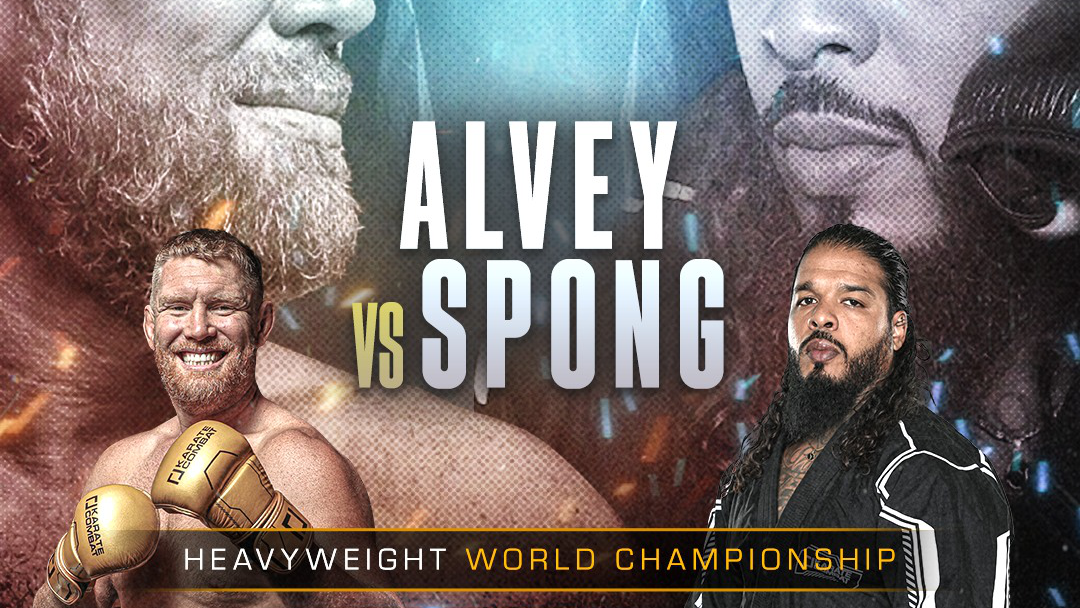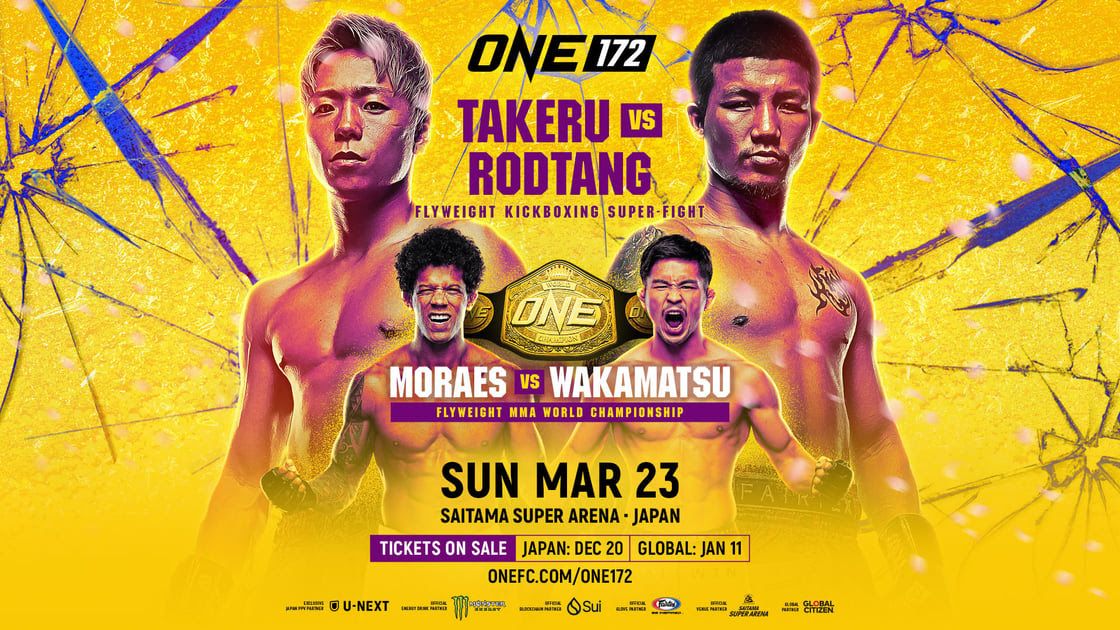On Saturday, July 27, the Olympic boxing tournament will begin in Paris, with Chelsey Heijnen as the Dutch entry. And these Games have a lot at stake. It may be the last time boxing is part of the games.
Professional vs amateur boxing
Boxing at the Olympics is originally an amateur sport. Therefore, until the 2012 Olympics, fighters who had made their professional debut were not allowed to compete in the games. You can recognize amateur boxers by the red or blue shirts that are mandatory. Head protection also used to be mandatory, but that has since been abolished for men. Just because we call it amateur boxing doesn't mean that the fighters don't get paid anything. Often these athletes are sponsored by the national federation or a private sponsor. At the 2024 games, by the way, the winners will also receive prize money for the first time. For a gold medal, an athlete gets $100,000, the silver winner earns fifty thousand dollars and the bronze medalist gets $25,000.
Amateur boxing is quite different from the boxing we know from the big matches we see on TV. Big bouts in professional boxing are often boxed over 12 rounds, leading to exciting storylines and dramatic denouements. In amateur boxing, things are different. An amateur boxing match is always over 3 rounds of 2 or 3 minutes. Because the fighters fight fewer rounds, the intensity goes up. In fact, the rounds are scored per round just like in the pros, so the importance of winning a round becomes a lot higher. Also, the athletes do not have to account for their energy for the later rounds.
The Olympic format
A total of 248 athletes are competing in the Olympic boxing tournament, 124 men and 124 women. These are divided into 7 weight classes in men (-51kg, -57kg, -63.5kg, -71kg, -80kg, -92kg and +92kg) and 6 in women (-50kg, -54kg, -57kg, -60kg, -66kg, -75kg). To enter the tournament, an athlete must qualify in one of the five continental qualifying tournaments or one of the two worldwide qualifying tournaments. In addition, a number of spots are divided between boxers from countries with few participants and the highest-placed boxers who had not yet secured a ticket.
The Olympic boxing tournament uses a knockout format. Through a draw, boxers are matched with an opponent. For most participants, they start at the last 16, but the lowest-placed athletes do an additional round to qualify for this. Between each round, athletes are given 1 to 3 days of rest. These qualifying rounds take place at Arena Paris Nord, from the semifinals onward the boxers move to the iconic tennis stadium Stade Roland Garros. The semifinals and finals will take place between Aug. 3 and Aug. 10.
Last time at the Games?
Boxing at the Paris Games is under pressure; in fact, there is a good chance that this will be the last time we will see “The sweet science” at the Games. That has everything to do with a conflict between the International Olympic Committee (IOC) and the International Boxing Association (IBA). According to the Olympic organization, the association is run by questionable figures, there is not enough transparency about the money flows and the sponsorship deal with the Russian state-owned company Gazprom, and the integrity of the competitions and judges is not sufficiently preserved. This has led to the Committee breaking ties with an international sports federation for the first time in its 129-year history.
While the IBA is pursuing lawsuit after lawsuit to reverse the decision, part of the sport of boxing has its eyes on a new federation called World Boxing, headed by Dutchman Boris van der Vorst. The boxing federations of America, Germany and Great Britain, among others, are backing this new initiative, but there is still a lot of work to be done. Currently, the new union has only 33 members, compared to the nearly 180 affiliated with the IBA. Van der Vorst and his new association have until the beginning of 2025 to complete everything, because then the IOC will decide whether boxing remains an Olympic sport.


















